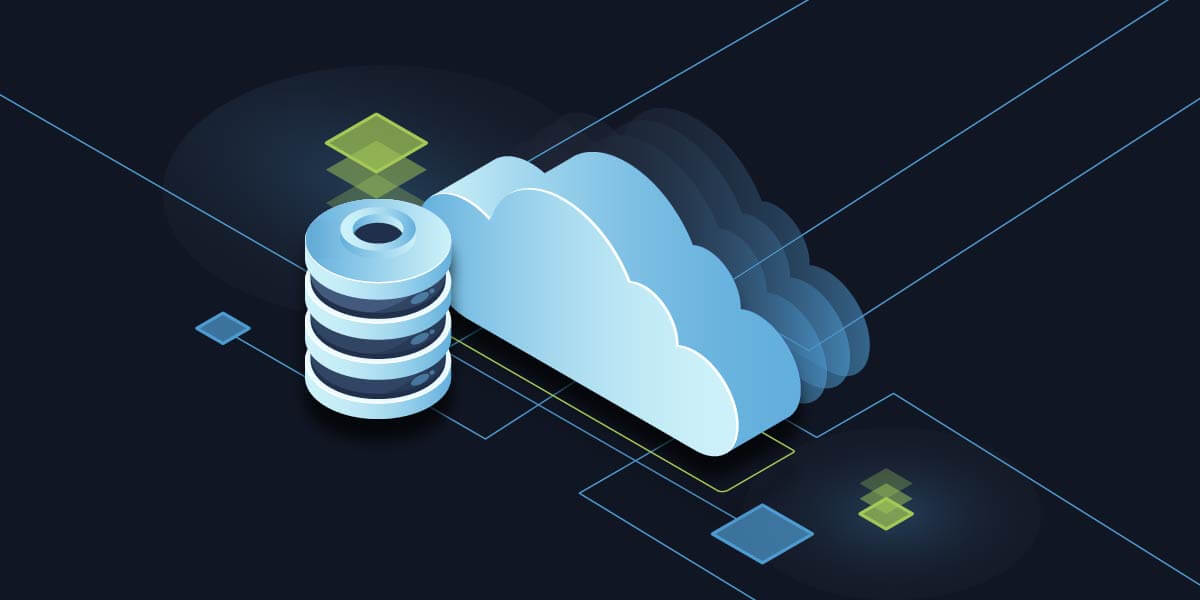The cloud is presented as a cost-effective tool but rising costs must be addressed.
Nearly every service consumed today — on a personal and professional level — is moving to the cloud. With that said, network teams are writing and maintaining an unmanageable amount of custom code, which is proving to be a distraction that prevents the current network evolution from meeting the demand for cloud services.
According to a new global research survey by ManageEngine, eight out of ten IT professionals reported that their company’s usage of cloud technology increased during the pandemic. This was also reflected in a survey from Canalys, which reported that companies spent $5 billion more on cloud infrastructure services compared to the previous quarter. While the cloud has always been presented as a cost-effective tool, there are important implications to consider in order for organizations to continue to capitalize on cloud capabilities without breaking the bank — especially as networks continue to grow.
Where The Cloud & Network Intersect
The move to cloud-based services has created new pressures for operating today’s infrastructures, especially for network teams. New challenges and operational complexities have emerged as infrastructure teams are asked to do more, learn more, and manage more, while responding faster than ever. To meet this growing challenge, network automation needs to grow and adapt to these changing requirements, providing a simpler way to connect diverse APIs, data models, network devices, and cloud infrastructures together.
Businesses also need a way to do compliance and automation across all of their network technologies and not have a meta software that is specific to each network segment. Some vendors make sure compliance and automation is implemented across all toolsets — those that do not, end up raising cloud costs even higher. Some vendors are very specialized and have a narrow skillset. People are too worried about the bottom line, so they are not evolving in a way that will encourage innovation or productivity.
Understanding Multi-Cloud Network Automation
With the shift to the cloud comes a new set of challenges and expenses. IT departments are shifting their expenses from on premise hardware supported by software, to cloud storage, new applications, and training to be able to take full advantage of the cloud offerings. Not every solution on the market is compatible with those made by other vendors. When solutions aren’t compatible, businesses face vendor lock in and, in some cases, rapidly rising cloud costs. A multi-cloud approach enables businesses to purchase and employ the cloud solutions that make the most sense for their business — from a functionality and cost perspective.
As enterprises move towards utilizing multiple cloud platforms and cloud-based services, network teams must also learn new dashboards and network services that are unique to each cloud provider. Building this network of clouds requires them to utilize every cloud platform’s network services to connect them together using complex routing protocols, and they must do this rapidly and in coordination with other IT teams. Without a solution with the dexterity to automate across every cloud platform and leverage their specialized cloud network services, network teams will be forced to do these tasks manually which takes more time and money, creating an unnecessary delay in deploying new applications and services.
The Impact of Hybrid Infrastructure Automation
Enterprises have adopted a hybrid model of operation, with applications and services hosted in both on-prem data centers and in multiple cloud environments. With more applications and services migrating to the cloud and increasing complexity, network teams are faced with key challenges around how quickly they can deploy and manage their networking infrastructure in multiple cloud service providers, while still managing their physical infrastructure.
Enterprises that have successfully started the evolution toward network automation as an operational state of mind are doing so through a transition to hybrid infrastructure automation. Hybrid infrastructure automation is the notion that organizations and their teams transition toward a state of automation by tying together existing disparate systems, stitching together those systems using native API capabilities. This is accomplished through simple, pointed, well-defined automation initiatives that bring together the myriad of back-office systems data, transforming that data into usable formats and applying it to device configurations for the purpose of implementing workloads that span both on-premises network devices as well as cloud-based infrastructure. This move towards hybrid infrastructure automation will ultimately ensure a maximization of cloud capabilities, despite any growing costs and the changes in infrastructure.
The Rise of Edge Computing Workloads
There is no hard and fast rule for where information needs to go — the cloud or on-prem. It comes down to what makes the most sense for that individual company. Enterprise organizations want to move as much as possible to the cloud. The question is, what prevents them from putting all their workloads into the optimal place wherever that may be? What stops organizations from taking advantage of all these opportunities?
Answer: it’s complicated. The network has exploded, and most enterprises will have their assets stored in multiple locations. To improve costs and productivity, IT leads need to consider moving more information to the edge, because it saves the network backhaul. This rise for edge computing workloads means organizations must recognize the need to fully automate their edge network operations lifecycle – from the creation of Multi-Access Edge Computing (MEC) switch fabrics, to adding capacity, to managing overlay network lifecycle, and migrating services and network functions to the edge.
The hyperscale public cloud and hybrid architecture obfuscates the network complexity we are dealing with. Network automation can reduce complexity and improve the overall efficiency and cost of the cloud-based services employed by an organization. This allows for continued growth, prioritizing productivity among any rising costs in cloud computing.
To learn more about automating across hybrid and multi-cloud networks download our recent white paper, “Delivering Network Automation in a Hybrid Cloud World.”
Article Originally published on www.lTProPortal.com






